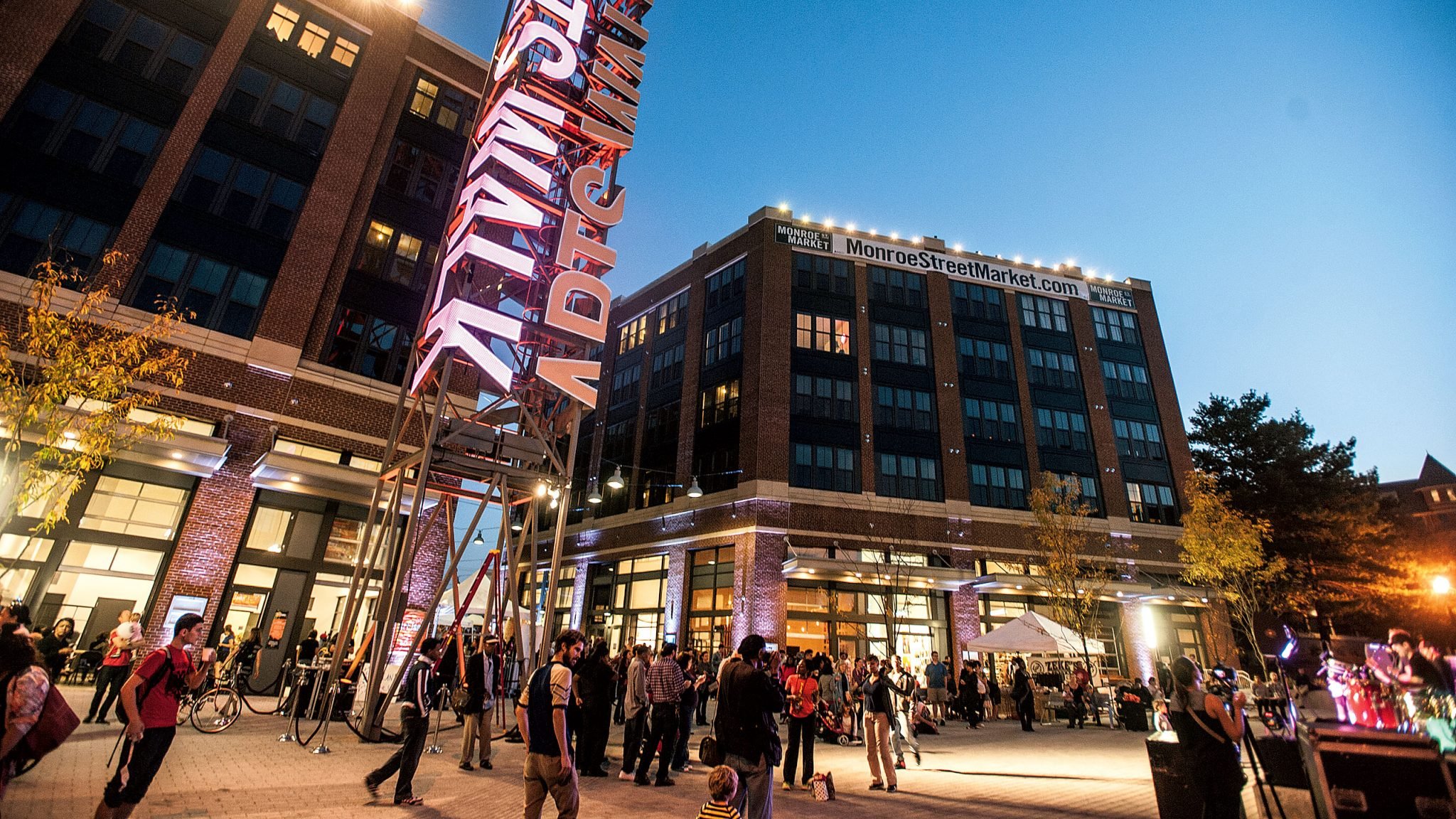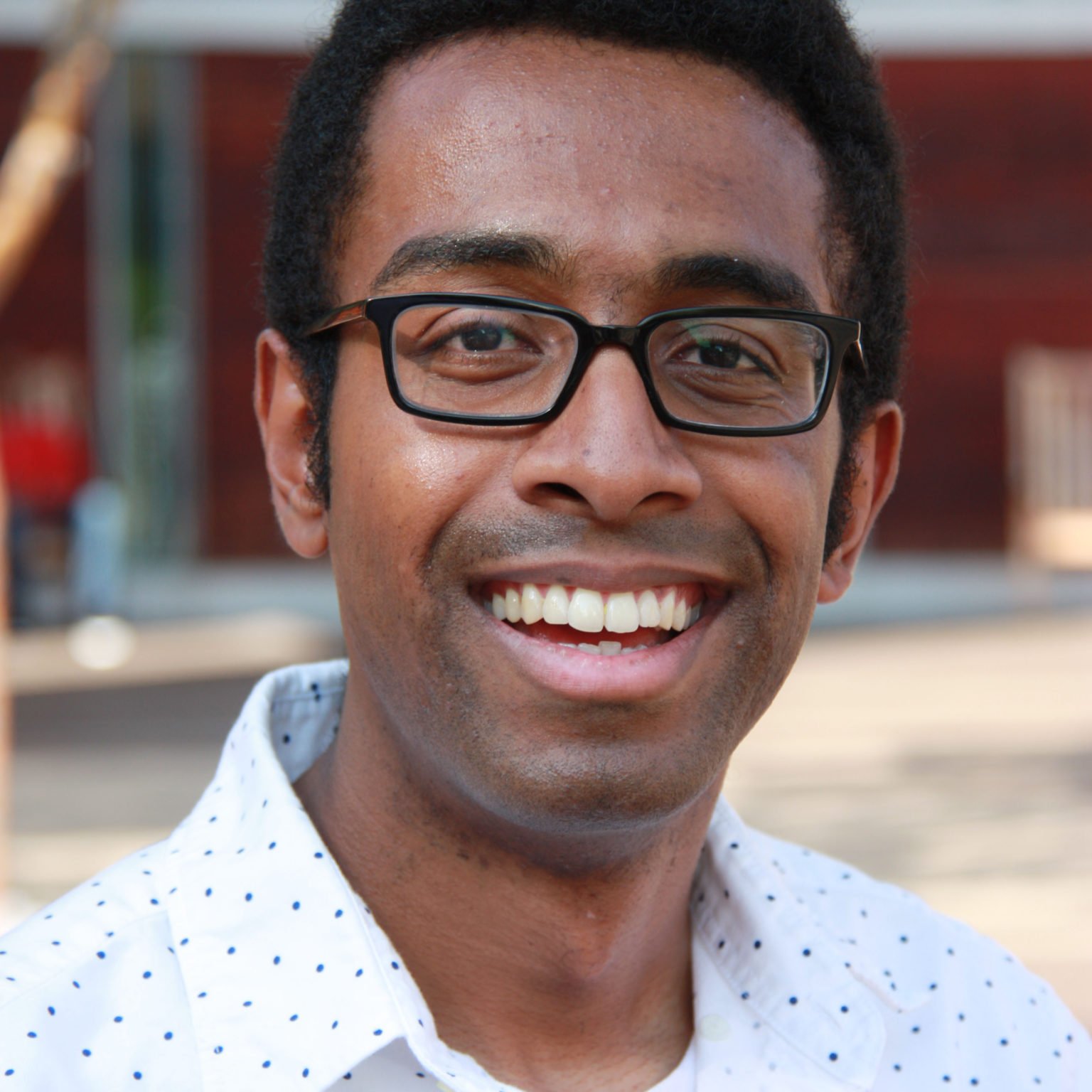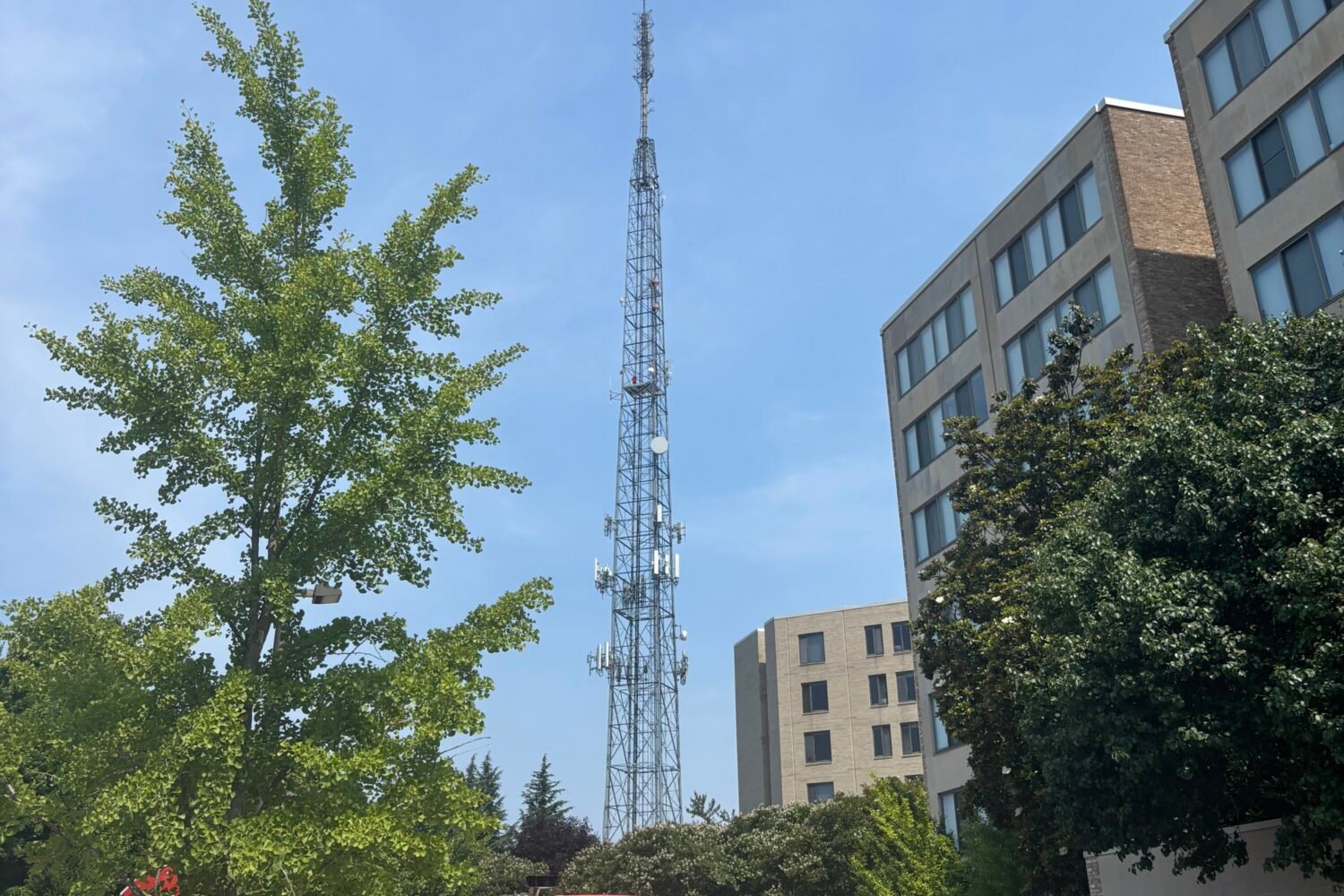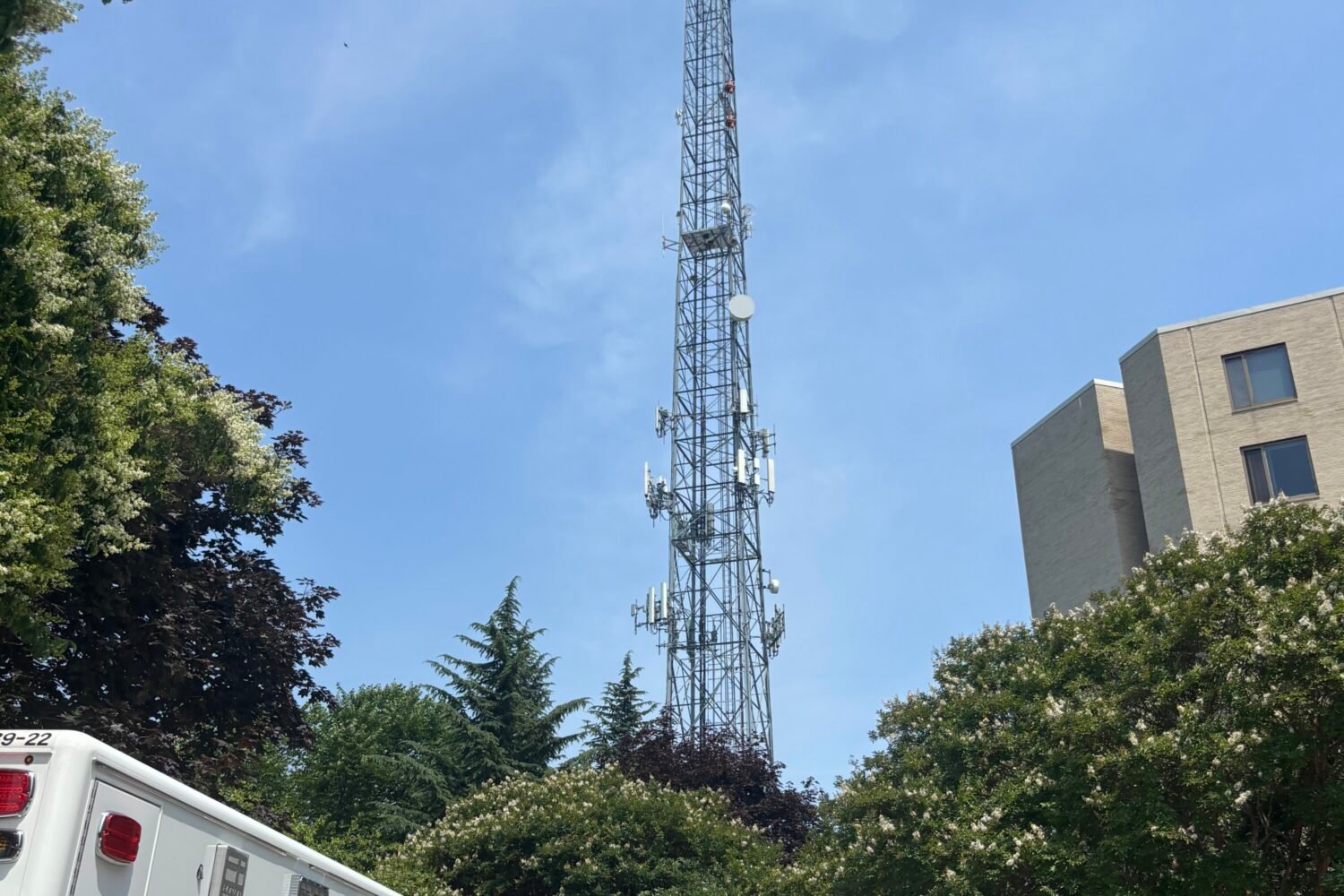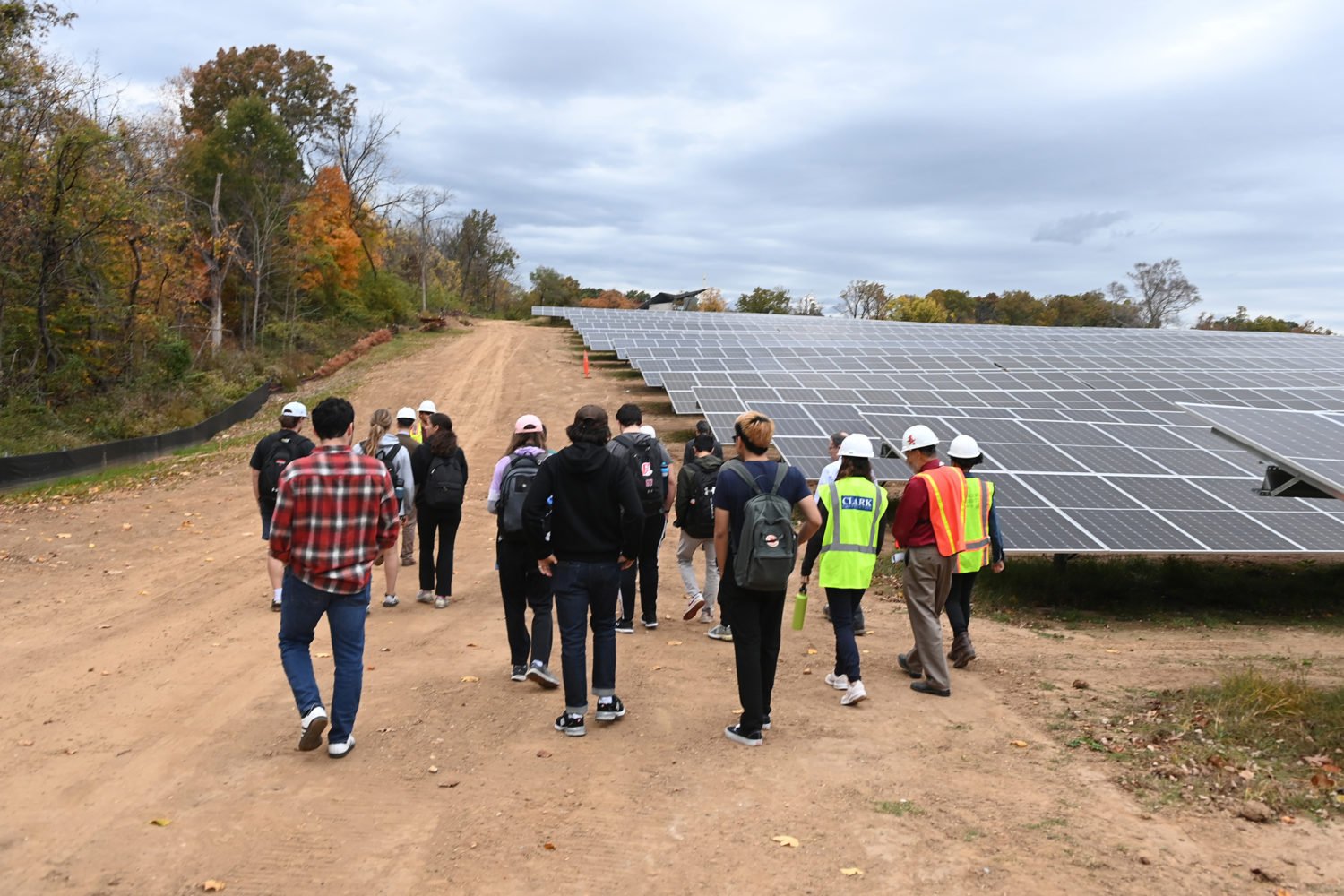Take a walk near the intersection of Massachusetts and Nebraska avenues, home to American University, and you’d never know you were next to an institution of higher learning. There are no cute bookstores, sticky-floored campus watering holes, edgy art spaces, or ratty undergrad apartments. The sidewalks are wide and tree-lined, it’s true, but even during the school year there’s not much by way of student bustle.
The vibe is very different six miles away at Michigan Avenue and Monroe Street, Northeast, hard by Catholic University. Though the blocks of Brookland are just as residential as those of AU’s Spring Valley neighbors, the main drag has a campus bookstore, a bike shop, and a branch of the hip restaurant/coffee house/bar Busboys and Poets, where students can sip a latte for hours unbothered. The strip features artists’ studios and an apartment complex for artists. Students bike or jog past on their way to the Metropolitan Branch Trail.
How did two schools wind up making such different marks on the landscape? It’s not that AU’s students are homebodies while Catholic’s are bohemians. Rather, the discrepancy owes itself to a number of variables.
One is architecture. Brookland has a slew of storefronts in older buildings that make easy homes for the sorts of businesses that cater to students and professors. It also has a number of new apartment complexes, bringing residents who can support those businesses even when school isn’t in session. The residences around AU are a different story. With a paucity of apartment and townhouse developments, there are fewer people in general. The closest retail space is on the ground floor of a medical building a few blocks away. You couldn’t open a bookstore/cafe if you wanted to.
There’s also transportation. The Brookland Metro sits outside Catholic’s door—students and faculty can stroll through the neighborhood on their way to and from campus, creating opportunity for businesses that thrive on foot traffic. American, meanwhile, is a mile from the Tenleytown station on Wisconsin Avenue, too far to feel like a part of the campus. Students and staff end up traveling to campus by shuttle bus.
Then there’s rent. AU is in one of the priciest areas of town, making it hard for off-campus students to live nearby. If they aren’t living close to school, they’re likelier to spend the rest of their time away from campus as well. Brookland has become more sought-after in recent years, but housing is still relatively affordable for students.
It would be wrong, however, to chalk up this difference to factors beyond human control, such as weather or topography; political and strategic decisions have also made a difference. Catholic, for instance, intentionally tried to nurture a student-friendly atmosphere around its campus, working with developers and nonprofits to build entirely new space for businesses and art studios. But it’s the exception. Around AU, as at most of the area’s campuses, neighborhood politics and zoning rules make it seem as if Washington wants students seen but not heard.
In the District, universities are required to create ten-year growth plans, and neighbors’ concerns are given “great weight” in drafting them. Most plans aim to limit students’ impact on a neighborhood. In 2011, neighbors of Georgetown University forced the school to create a shuttle bus to carry students home from M Street bars so they wouldn’t disturb them—only to turn around and complain about the shuttles. At AU, where neighbors have sought to dictate rules about what decorations students can put in dormitory windows, the most recent campus plan recommended making those windows inoperable in new dorms in case students want to make noise.
Without affordable places to live, students often end up in rundown, illegal apartments, such as the English basement where a Georgetown senior died in a fire in 2004, or pushed out of the District altogether. One apartment complex in Hyattsville, the Towers at University Town Center, houses students from Howard, Catholic, Trinity, GW, and American.
That’s too bad for students, but it’s also too bad for Washington. If you’ve ever visited University City in Philadelphia or Seattle’s “the Ave” on University Way, you know a college neighborhood can be a great civic plus. Bookstores, funky sandwich shops, and lecture series are amenities, not drawbacks. These aren’t just places for students to mingle but also venues for creativity to flourish—where aspiring writers and techies camp out with laptops, musicians bomb at open-mikes, political movements are hatched over $2 pitchers, and young entrepreneurs cut their teeth.
Catholic has figured that out, and more local universities and their neighbors are catching on. In College Park, the University of Maryland and city officials are working to bring in an artsy music venue and a charter school for the children of faculty. Gallaudet wants to remake several industrial blocks next to its campus as a hub for the deaf community. It’s a good bet that enabling these neighborhoods to become college towns will attract a lot more non-students.
This article originally appeared in the February 2017 issue of Washingtonian.

